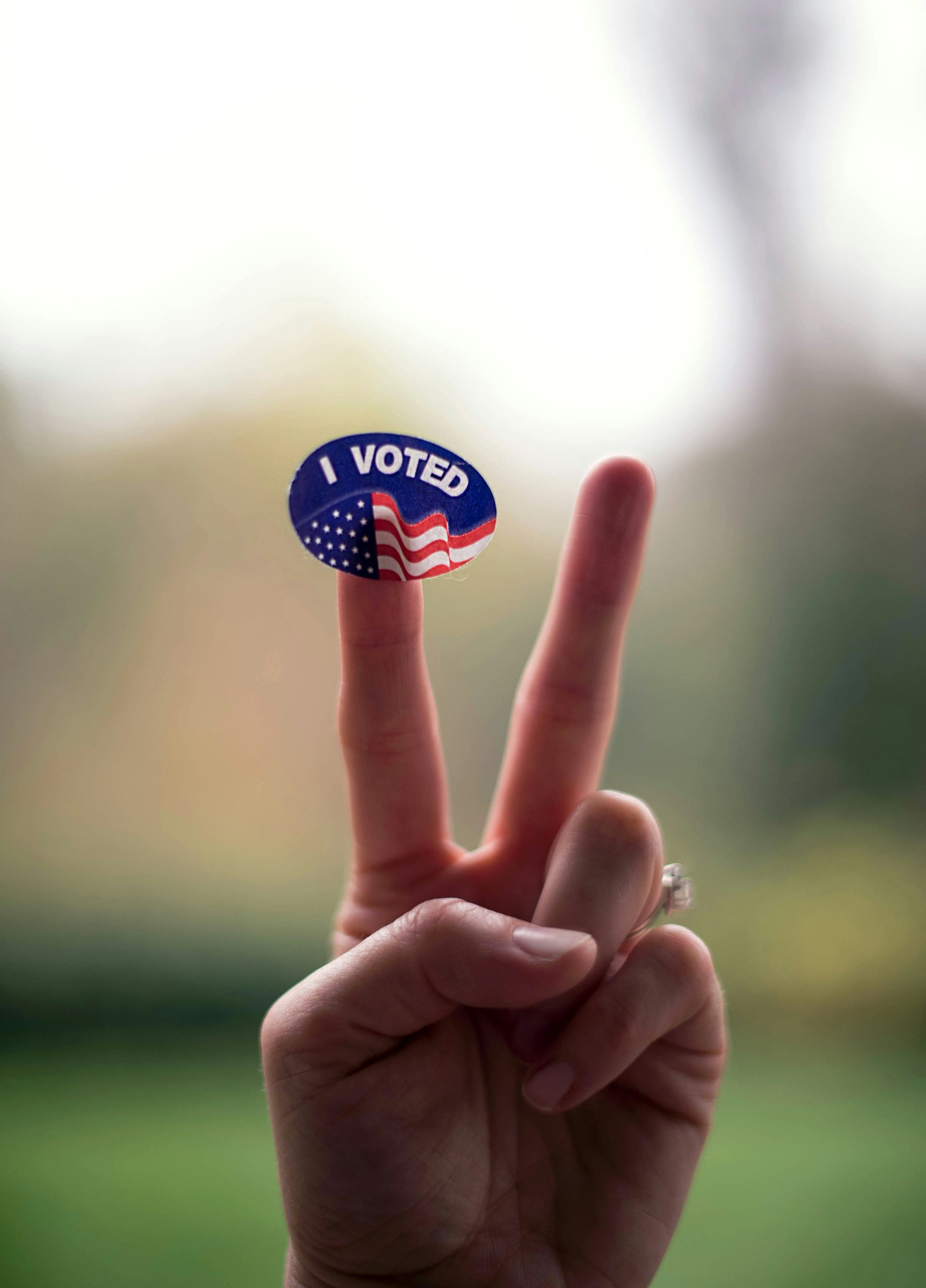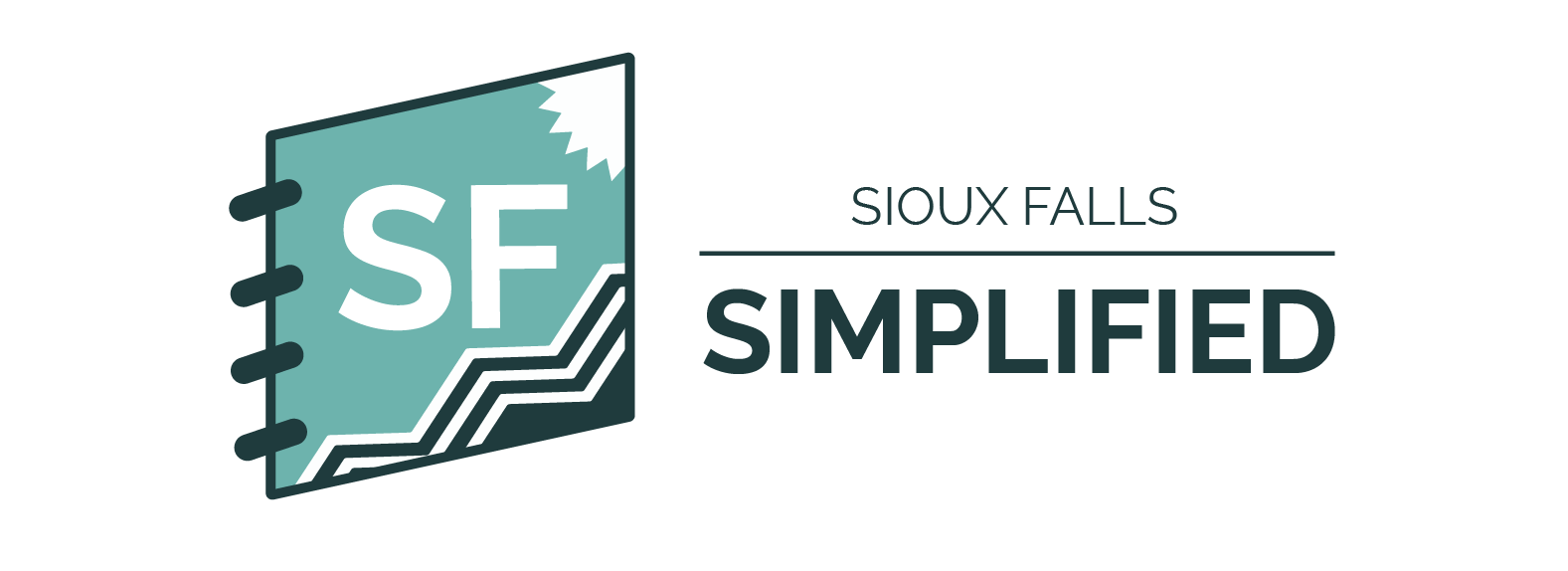Simplified: Overall voter turnout for the Sioux Falls city and school election earlier this month was 7.7% – the lowest turnout in a municipal election in recent history, per city data. Sioux Falls Simplified analyzed precinct-level voter turnout data to see which neighborhoods saw the most – and least – folks going out to vote.
Why it matters
- Voter turnout data shows us who is making decisions about local government officials – who then, in turn, make decisions that affect everyone who lives in Sioux Falls.
- Looking at the data is also the first step in forming hypotheses as to why the election results came out the way they did. It allows us as a community to start asking more targeted questions about why more people didn't turn out to vote, what barriers may be in place, where more information might be needed, etc.
- The voter turnout data is also particularly interesting this year because we'll all get another chance to turn up at the polls. The at-large City Council race resulted in a runoff between candidates Richard Thomason and Jordan Deffenbaugh, so even if you (or your neighbors) didn't make it to the polls on. April 9, you'll get another shot on April 30.
Where did people turn out to vote the most?
The southeast and central parts of town.
Three of the top five precincts that saw the highest turnout were in the central district, with the other two in the southeast district.
- If you want to go look for yourself, here's a map and here are the precinct-level election results.
The precincts with the highest turnout were:
- 5-7 (central, immediately east of McKennan Park to about Cliff Avenue)
- 5-8 (central, McKennan Park to Minnesota Avenue and about 21st Street to 31st Street)
- 2-2 (southeast, near Tuthill Park, follows the river east toward Southeastern Avenue with 49th Street on the south and 26th Street on the north)
- 2-1 (southeast, between Cliff Avenue and Yankton Trail Park, including Tomar Park)
- 5-19 (central, between Willow and Kiwanis Avenues just east of the country clubs and between 26th and 37th Streets)
For context, even the precinct with the highest turnout didn't beat 20%. It's also worth noting that precinct 5-7 had the highest turnout, but also has a relatively small number of voters in its precinct at just shy of 900.
- Some precincts have close to 4,000 voters.
Where did people turn out to vote the least?
On the west side.
- Both the northwest and southwest districts were in the bottom five for voter turnout.
The precincts with the lowest turnout were:
- 3-9 (northeast, bordered by Skunk Creek on the south, 12th Street on the north, Interstate 29 on the east and Legacy Park on the west)
- This precinct stuck out as one with a significant number of voters but extremely low turnout. Only 90 ballots were cast out of a possible 3,820 voters.
- 3-5 (northeast, includes the airport, the events center campus and the fairgrounds)
- 1-12 (southwest, mostly between Interstate 29 and Louise Avenue with 57th Street on the North and 85th Street on the south)
- This was another precinct that had more than 2,300 eligible voters, but ultimately only saw 65 ballots cast.
- 1-13 (southwest, west of Marion Road and just south of 57th Street, including Bakker Park)
- 3-14 (northwest, roughly between Russell Street and 60th Street North, west of Interstate 29 in the area around the University Center)
For context, I opted to remove a couple precincts that were outliers. For example, a couple precincts at the bottom turnout-wise were those that fell outside the Sioux Falls School District but within the city (or vice versa). Those saw the absolute lowest turnout, but I wanted to be as close to an apples-to-apples comparison as possible.
What am I supposed to do with this information?
Whatever you please.
If you're a curious person, you might be tempted to ask what forces are shaping this data.
If you're a competitive person, you might be tempted to rally more of your precinct peeps and get out the vote in another two weeks.
If you're a candidate, (or actively supporting one) you might be able to use precinct-level data as a way to target your campaign efforts.
If you're a bit tired of me talking ad nauseam about elections, too bad.
- No, ok, sorry. That came off too harsh. I just mean it's all very important to the forces that shape Sioux Falls, and my whole mission as a journalist is to make it easy for you to feel smart about all that stuff. So, I can't ignore elections, and you probably shouldn't either.


